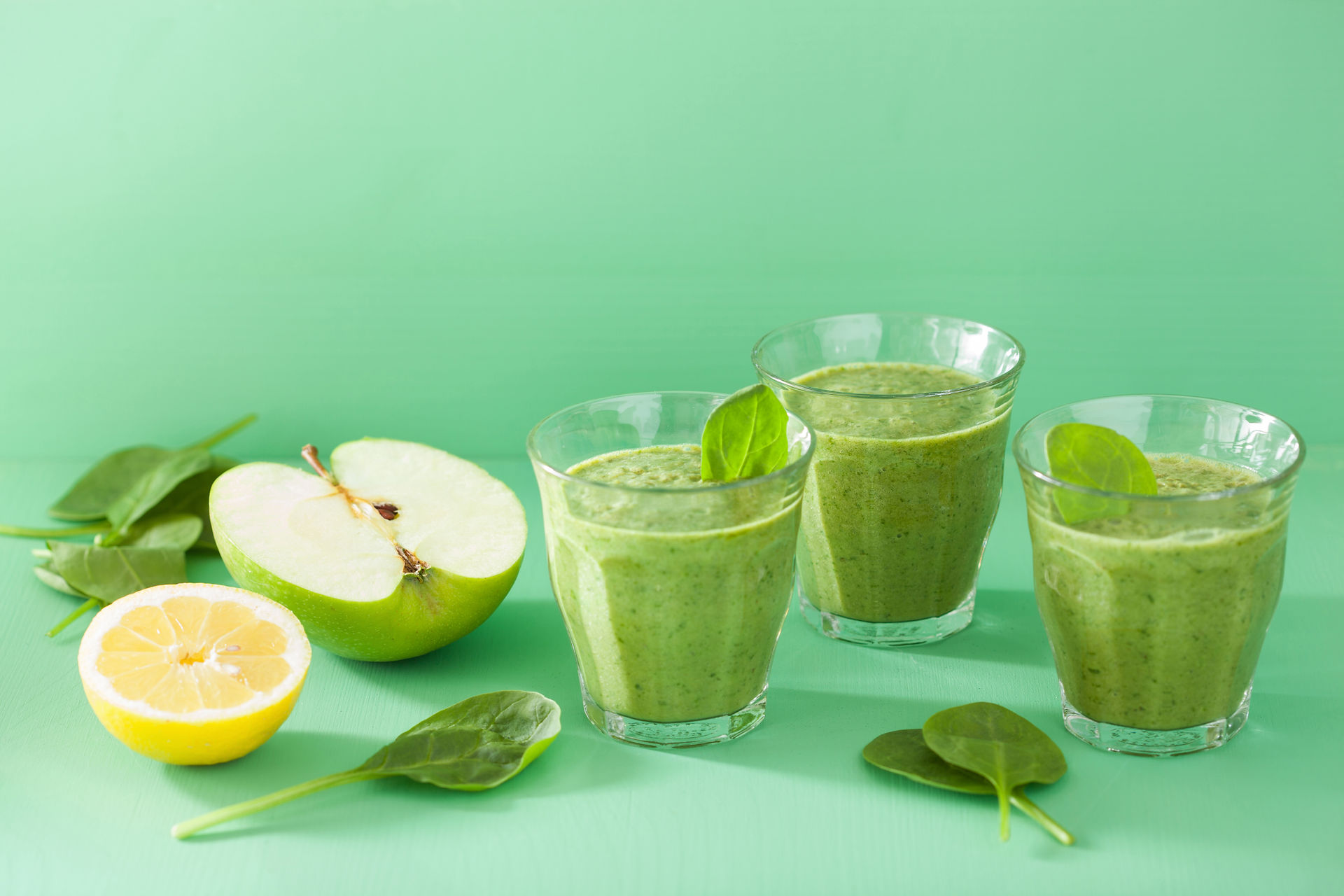

How to find your ideal carb intake load
Low-carb, high-fat diets have many known benefits both physiologically and mentally. They help us keep lean, and support our hormones and brain, regulate our blood sugar level, reduce hunger and reduce craving, help us feel full for longer and are a license to cook everything in butter. For most of those on low-carb, high-fat diet it’s the most important invention since the wheel.
However, when we’re talking about this diet (or any other diet) t
Customising your diet to your unique biology is always a challenge (even for professionals) but get it right and it will help your body perform better. This guide will help you figure out how to tweak your carb intake so it’s optimised. Let’s start by breaking down how to hack your carb intake bit-by-bit so you can find out your own perfect zone of carb intake.
This is where you get to do some experimenting. Most people preform best consuming somewhere between 30 and 150 grams of net carbs per day. ‘Net carbs’ means carbs minus fibre and sugar alcohol (because they don’t affect our blood sugar or get stored as glycogen). The following are three low-carb tactics within the 30-150g I mentioned above.
-
Cyclical ketogenic diet – Eat very high fat and very low carb (<50g net carbs per day) for 6 days a week, then have a carb feast on day seven (~150gr net carbs). The reason for this is that some people experience thyroid issues when they do very low carb without the carb ‘reload’. For others, extended low-carb diet can lead to low mucous production which can disrupt gut bacteria and cause dry eyes (two independent symptoms). This kind of diet suits many people. However, be aware that the weekly reloading on carbs will keep you out of deep-ketosis, which can cause carb cravings. So this is one option to try. The next option is
-
Full ketogenic diet – same as above but seven days a week. That means that there’s no carb reloading. It’ll take you a couple of weeks to reach ketosis, during which you may feel low energy and have trouble sleeping whilst your body switches from using sugar to using fat for energy (fuel). Once the two weeks have passed, you will feel like the Duracell bunny. If you’re going to try keto, I recommend sticking with it for at least one month. For some people a full ketogenic diet is the bee’s knees. They burn a lot of fat which provides energy on hours on end. Other people get burned out and become exhausted after seven or eight weeks. If you get exhausted or have tummy issues or dry eyes you should consider the cyclical ketogenic diet. If you are doing the full keto remember that starchy vegetables are counted differently. You should get your 50g of daily cabs by eating 5-8 servings of green vegetables (so no rice or sweet potatoes). I recommend checking food labels and using a food tracker app such as my fitness pal. Your next option is
-
Moderately low-carb diet – which means eating high fat but with 100-150g daily net carbs. This option is particularly popular with woman because it has less hormonal affect. This option is also great for people who exercise a lot (though there’s no doubt you can be super-energetic whilst in ketosis).
So these are the three strategies. Now let’s see which is the best one for you. I suggest to try each strategy for 4 weeks, whilst tracking your carbs, fat and protein with a food tracking app. Don’t worry about calorie intake. Set your goals based on carb and fat intake. Eat to satiety and listed to your body. Notice how you feel and maybe consider jotting it down for later comparison. Especially pay attention to whether you are feeling best with weekly carb reloading, or do you feel better on a full keto diet? Do you feel burnt out and depleted when you go below 100g of net carbs per day? There are many variations within low-cab, high-fat. I hope that the above can help you find what works best for you.
However, here’s a couple of things to take into account:
-
Keep your carbs for dinner or even after dinner. If you start your day with carbs this will cause your blood glucose to spike in the morning which will cause a yo-yo affect throughout the day. That means fat and proteins during the day and carbs in the evening. You can also be ‘clever’ and time your post-cab energy crash work to your advantage if you time is so you get tired round the time to go to bed.
-
When it comes to carb quality matters because our body processes whole foods better than processed grains and sugar. Avoid grains that contain mould and other toxins because they’ll suck out your energy and give you brain-fog. For me that includes potatoes because they contain lectins (proteins that can bind to cell membranes and are a source of inflammation). The human body doesn’t process lectins so almost everyone produces some level of antibodies to lectins. If you must have starchy veggies you better choose high quality ones such as sweet potatoes, yams, carrots, pumpkin and butternut squash. It’s interesting to note that lectins are not present in white rice.
I hope that this made an interesting reading and that you found it helpful. Please feel free to share with others whom you think can benefit. If you have any questions please ask.
